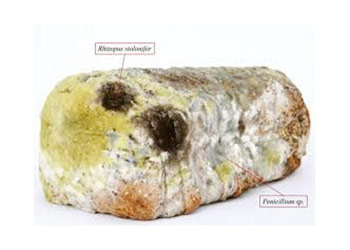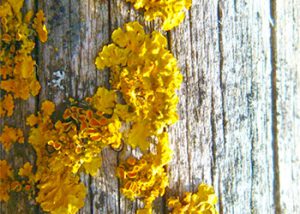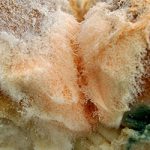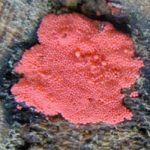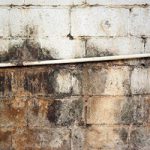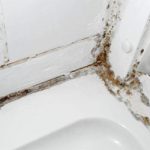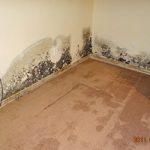We’ve all been in a situation to come across a moldy bread in our kitchen at least once in our lifetime. Even if you keep your bread at the refrigerator, chances are that after a while, it will develop these boring pests. They manifest in the form of yellow mold on bread.
Have you ever asked yourself why does mold occur on our food, and especially on bread? Many types of mold can vary in colors. If you learn how to identify these fungal varieties, you can save yourself from some serious trouble and illness.
Mycotoxins are the type of toxins that can shorten your life if you are exposed to them. The exposure can even have a deadly outcome. They belong to the group of toxigenic molds, and it is proven that contact with these molds can be fatal because they have been linked to certain types of cancer. So, prolonged exposure to mycotoxins is not advised. Many types of common molds can transfer into mycotoxins after a while.
Aspergillus is the type of mold that is non-toxic, and it commonly occurs on bread, with its fuzzy appearance. Colors may vary, but it usually appears as pea-green to bright yellow mold on bread. Also, some strains of aspergillus can develop mycotoxins. This is just one of many types of yellow mold that can form on your bread.
Table of Contents
What leads to mold forming on your food, and how to prevent it?
The mold on bread develops because of the moisture. You can try to preserve your bread by putting it in the fridge, but as we already said, chances are that even then the mold will occur if you don’t eat it for a very long time. You can try putting it in an airtight vacuum-sealed bag, so you keep the moisture away from it or preserving it in the freezer for a long time.
You may also like Get Rid Of Pink Mold On Bathroom
Can you save some part of your food after it becomes moldy?
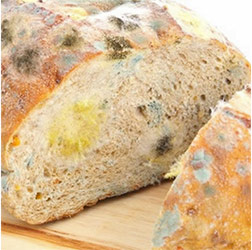 When mold develops on the bread, it is visible on the surface. But in order for mold to feed, grow and spread, it releases enzymes into the bread. So, even if some parts of the bread don’t appear moldy, you should not consume it. Also, many types of mold can cause serious digestive problems if animals consume them. Therefore, you should not give it to your pets either, just to avoid any food waste.
When mold develops on the bread, it is visible on the surface. But in order for mold to feed, grow and spread, it releases enzymes into the bread. So, even if some parts of the bread don’t appear moldy, you should not consume it. Also, many types of mold can cause serious digestive problems if animals consume them. Therefore, you should not give it to your pets either, just to avoid any food waste.
You also should not smell moldy bread. If you have a mold allergy and inhale spores of fungi, it could lead to problems with breathing or even asthma.
Some molds are not unhealthy, but it is impossible for you to identify the type of mold when you’re just looking at it. It is safer not to eat the bread instead of scraping the mold and saving the rest for consuming.
So, the conclusion is, that if you ever spot bright yellow mold on bread, it is potentially dangerous, and you shouldn’t eat it or even smell it because it can lead to some kind of a health problem. Scraping the moldy parts won’t help either, because some moldy parts cannot be seen with the naked eye. The best advice is to keep the bread dry, covered or frozen if you want to prolong its expiration date.
